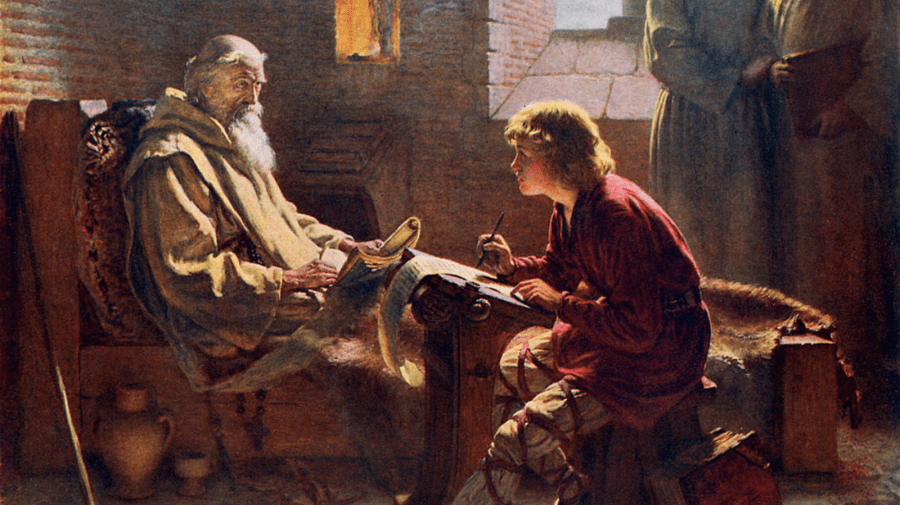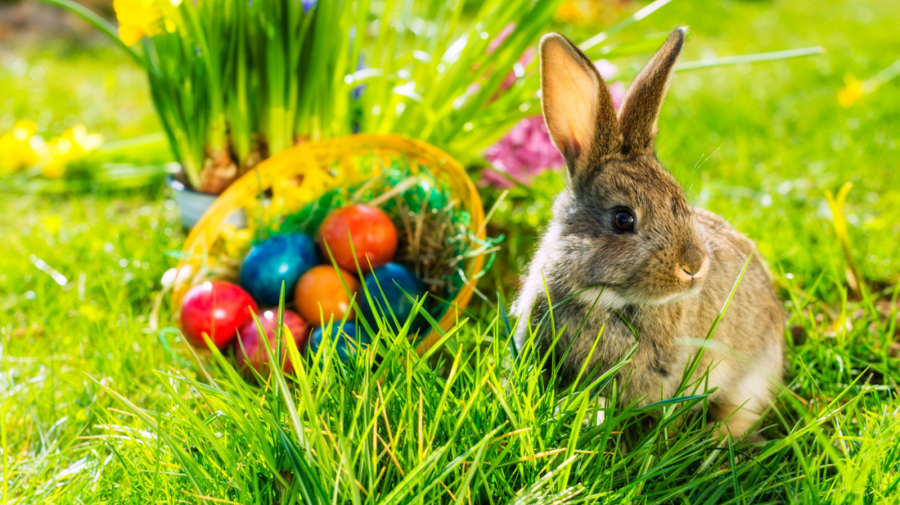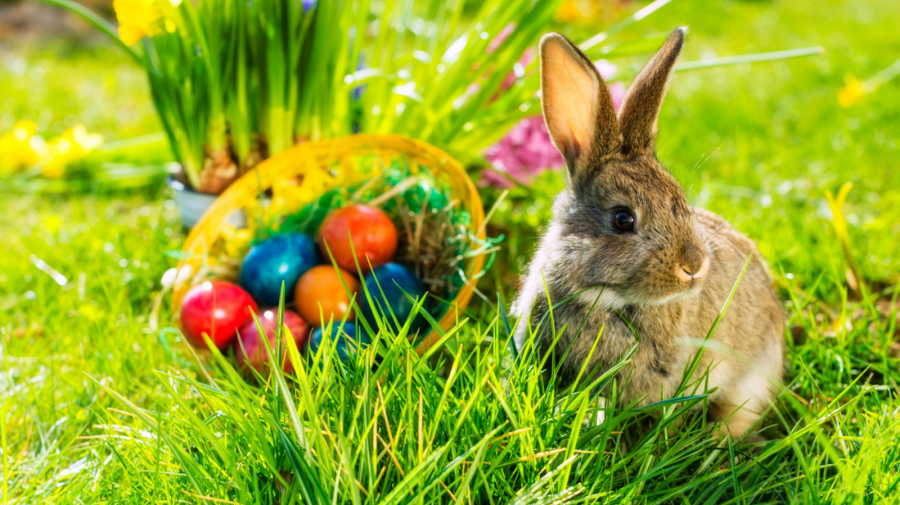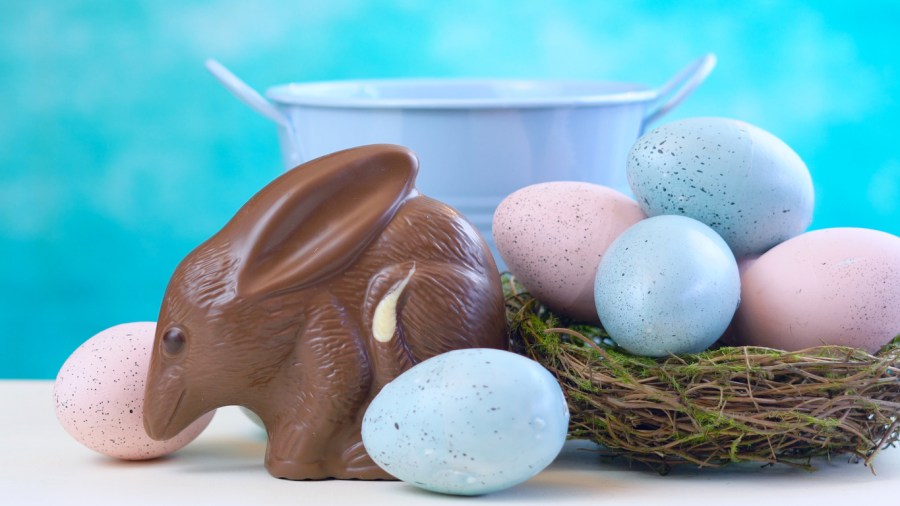What Are the Origins of Easter?

Every spring, Christians worldwide celebrate Easter in a variety of fun and colorful ways. But have you ever wondered where some of Easter’s traditions originated or why it’s called Easter in the first place? Join us to look at what Easter means to Christians, the origins of several popular Easter customs, and the different ways the holiday is celebrated worldwide.
Christianity’s Foundational Holiday
Photo Courtesy: [TanyaSid/iStock]
For Christians, Easter is a celebration of the resurrection of Jesus Christ. As recorded in the four gospels of the Bible’s New Testament, Jesus was arrested and sentenced to be crucified sometime around the year 30 A.D. However, among the most foundational beliefs of Christianity is that three days after Jesus’ burial, He was resurrected from the dead.
Each year, Christ’s victory over death is celebrated on Easter, which occurs on the first Sunday after the Paschal Full Moon. Some Christians (and even non-Christians) celebrate Easter as a single-day holiday, while others also observe a host of other holidays leading up to it.
In some Christian denominations, these holidays begin with Lent, 40 days of fasting and sacrifice leading up to Easter. Lent begins on a holiday known as Ash Wednesday and ends sometime during Holy Week.
Holy week itself includes another series of holidays, including Holy Thursday, a celebration of the Last Supper, and Good Friday, which observes Christ’s crucifixion. The Sunday before Easter is also known as Palm Sunday, which symbolizes the palm trees laid across the road upon Jesus’ arrival in Jerusalem.
The Origins of the Name ‘Easter’

While Easter is among the most important holidays of Christianity, its name quite possibly has pre-Christian origins. One theory stems from a 6th-century book called Historia Ecclesiastica Gentis Anglorum (“Ecclesiastical History of the English People”), written by St. Bede the Venerable.
Throughout its pages, St. Bede records that “Easter” comes from Eostre or Eostrae, the name of an Anglo-Saxon spring and fertility goddess. Given that Easter is observed right around the time of the Spring Equinox, which also traditionally celebrates rebirth and renewal, the argument definitely has some merit.
Other historians believe that “Easter” has its roots in the Old High German word “Eostarum,” which in itself comes from a Latin term meaning “dawn.” Either way, many modern Easter customs are likely a mesh of ancient pagan traditions and those that have evolved throughout the history of Christianity.
The Origins of Popular Easter Symbols

Each Easter, children all over the world expect a visit from the Easter bunny, a mythical creature who leaves gifts of chocolate, colored eggs, and other small gifts. Easter often also involves hiding Easter eggs and a subsequent Easter egg hunt by children. But where did these traditions come from? After all, the entire concept of the Easter bunny is admittedly a bit random, especially considering that actual rabbits are mammals and incapable of laying eggs.
Nonetheless, eggs have long been an ancient symbol of fertility and new life and were likely used in pagan spring celebrations. Another reason for their popularity around Easter is quite possibly the fact that eating eggs was traditionally forbidden during Lent. As Easter approached, people as far back as the 13th century would paint eggs to eat on Easter Day as a way to celebrate that the Lenten period of fasting was over.
History is a bit more elusive as far as where the Easter bunny first originated. Many scholars believe that the Easter bunny is a modern-day descendant of an egg-laying hare called “Osterhase,” who was brought to the shores of America in the 18th century by German immigrants. Children used to make nests for Osterhase to lay colorful eggs in, which later evolved into Easter baskets. Rabbits have long been known for their… “enthusiasm” when it comes to procreation, so it makes sense that they’d be included in springtime celebrations.
Modern Day Easter Traditions

Today, Easter is largely embraced as a secular holiday, and a religious one, with the fun of eating eggs on Easter often replaced with the joys of indulging in candy. Chocolates tend to be especially popular and have less to do with symbolism than commercialism and the simple fact that chocolate is delicious.
Easter parades are also popular and have their roots in 19th century New York City. Each year, the city’s elite would attend Fifth Avenue Easter services in their latest finery, which ultimately made for a spontaneous fashion show.
Easter feasts commonly consist of lamb, which in itself symbolizes Jesus as the “Lamb of God.” This term has its roots in the fact that lambs were a traditional atonement sacrifice offered during the Jewish feast of Passover. Because Jesus was crucified during Passover, Christians consider Him to have been the ultimate sacrifice meant to atone for the sins of all mankind.
Easter Traditions Around the World

Many other fun and random Easter traditions have sprung up in various countries around the world. In Australia, for instance, rabbits are no cause for celebration, as they’re notorious for destroying crops. So the Easter bunny is sometimes replaced with the Easter bilby, a native Australian bandicoot.
Meanwhile, in Florence, locals celebrate a 350-year-old tradition known as the Scoppio del Carro, or “explosion of the cart.” It literally involves an ornate cart packed with fireworks that’s set off during Easter mass, making for a vibrant fireworks show.
On the other hand, Poland has an Easter tradition called Śmigus-dyngu or Wet Monday. Each year on the Monday after Easter, people all over the country erupt into a massive water fight. From water guns and balloons to entire pales of water, everyone goes around soaking each other by any means possible. Tradition says that girls who fall prey to the fun will marry within the year, but these days it’s mostly just about the all-around fun of the tradition.
These are just a few of the many ways that people worldwide have devised to celebrate the resurrection of Christ, the rebirth of spring, and the end of the long dark days of winter.





